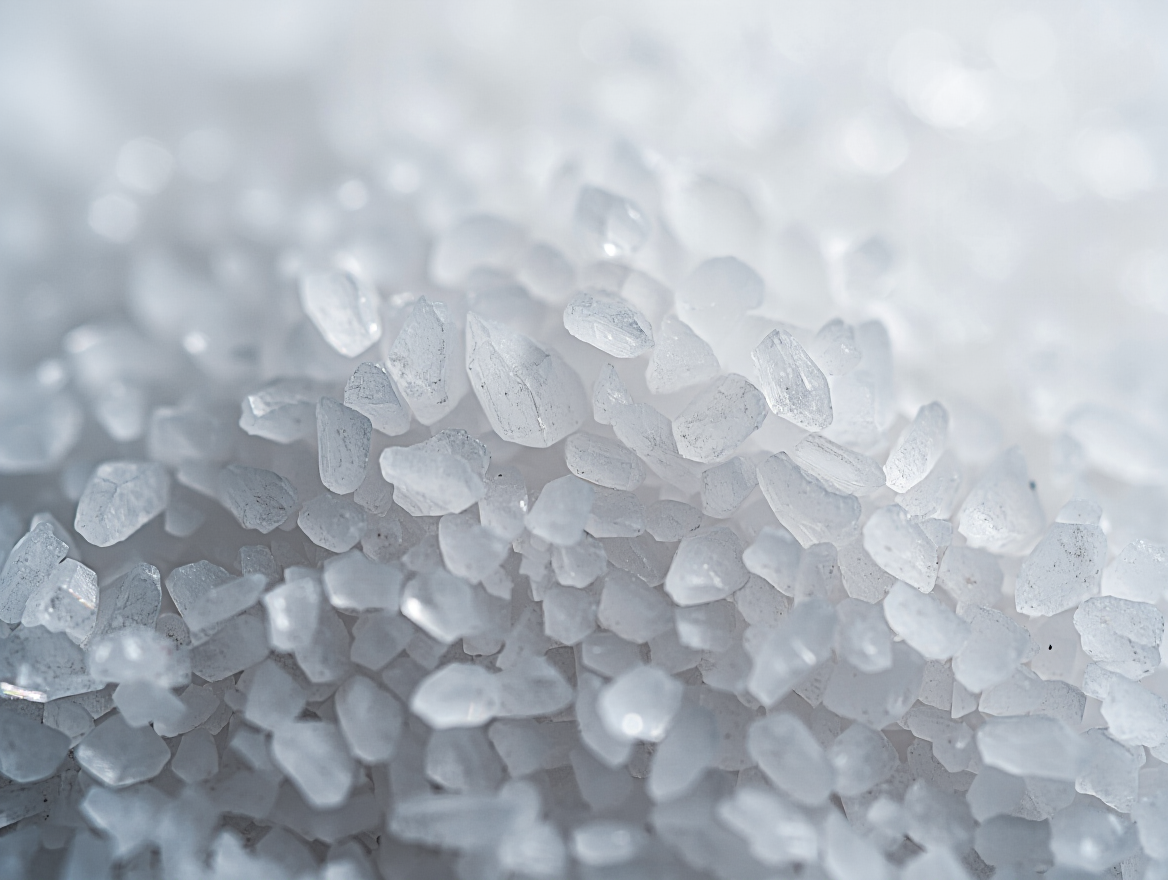
Introduction
Calcium Nitrate is a water-soluble fertilizer containing 15.5% nitrogen (all as nitrate-N) and 19% calcium (CaO equivalent). Its unique combination makes it valuable in:
- Fast-acting nitrogen supply (since nitrate is immediately plant-available)
- Calcium nutrition (critical for cell wall strength, fruit quality, and disease resistance)
- Soil structure improvement (helps displace sodium in saline soils)
Unlike urea or ammonium fertilizers, Calcium Nitrate is primarily used in specialty, intensive farming systems such as horticulture, greenhouses, and fertigation.
History & Development
Calcium Nitrate was first manufactured in Norway in the early 20th century by Norsk Hydro (now part of Yara), through the Birkeland–Eyde process, which produced nitric acid from air and water. By combining nitric acid with limestone, they created one of the earliest synthetic fertilizers.
Although volumes are small compared to urea or CAN, Calcium Nitrate has remained a cornerstone of greenhouse and horticultural agriculture, particularly in Europe, the Americas, and Asia’s fruit/vegetable sectors.
Production Process
Calcium Nitrate can be produced via:
- Nitric acid + Limestone (traditional process):
- Nitric acid (from ammonia oxidation) reacts with finely ground limestone, producing Calcium Nitrate solution.
- By-product recovery:
- Some processes capture Calcium Nitrate from phosphate fertilizer production.
- Crystallization & Granulation:
- The solution is crystallized and granulated into prills, flakes, or soluble grades for fertigation.
Global Supply & Trade
Key Producers
- Yara (Norway): The historic leader, still a major global supplier.
- Haifa Chemicals (Israel): Specializes in soluble fertilizers.
- ICL (Israel): Produces Calcium Nitrate for specialty agriculture.
- China: Increasing producer for domestic horticulture.
Key Markets
- Europe: Horticulture, fruit, and vegetable production.
- Latin America: Bananas, coffee, and fruit crops.
- Asia: Greenhouses and specialty cropping.
- North America: Horticultural and specialty markets.
Applications
- Fruit & Vegetables (tomatoes, peppers, lettuce): Improves fruit firmness, storability, and reduces disorders like blossom-end rot.
- Tree Crops (apples, citrus, grapes): Enhances fruit set and shelf life.
- Greenhouses & Hydroponics: Water-soluble form makes it ideal for fertigation.
- Soil Remediation: Calcium helps displace sodium in saline soils, improving structure.
Market Economics
Pricing
- Higher cost per tonne than bulk fertilizers, but justified in high-value cropping systems.
- Traded more like a specialty chemical than a bulk commodity.
Demand Drivers
- Growth in horticulture and greenhouse production.
- Export crops requiring high quality and storability.
- Expansion of fertigation systems in water-scarce regions.
Why Calcium Nitrate Matters
- Dual nutrient value: Supplies both fast-acting nitrogen and essential calcium.
- Crop quality: Directly linked to fruit firmness, shelf life, and resistance to physiological disorders.
- Specialty role: While volumes are small, its impact on high-value agriculture is outsized.
Sustainability & Risks
- Carbon footprint: Still tied to ammonia and nitric acid production.
- Cost barrier: Too expensive for broadacre crops; confined to high-value systems.
- Leaching: Nitrate fraction can leach quickly if not managed.
Mitigation
- Precision fertigation to match crop demand.
- Integration into hydroponic nutrient solutions.
- Combining with organic inputs for balanced systems.
Future Outlook
- Horticulture growth: Rising global demand for fruit and vegetables will sustain Calcium Nitrate demand.
- Hydroponics & Controlled Environment Ag: Growth in greenhouse production and vertical farming will increase use.
- Regional shifts: China and India may increase domestic production for growing horticultural sectors.
- Sustainability pressure: Emphasis on efficient nitrogen use will favor soluble products like Calcium Nitrate in specialty systems.
In short: Calcium Nitrate may never rival urea or CAN in tonnage, but in horticulture it is irreplaceable. Its dual role in nitrogen and calcium nutrition makes it a premium input that directly influences food quality, storability, and profitability in high-value crops.




